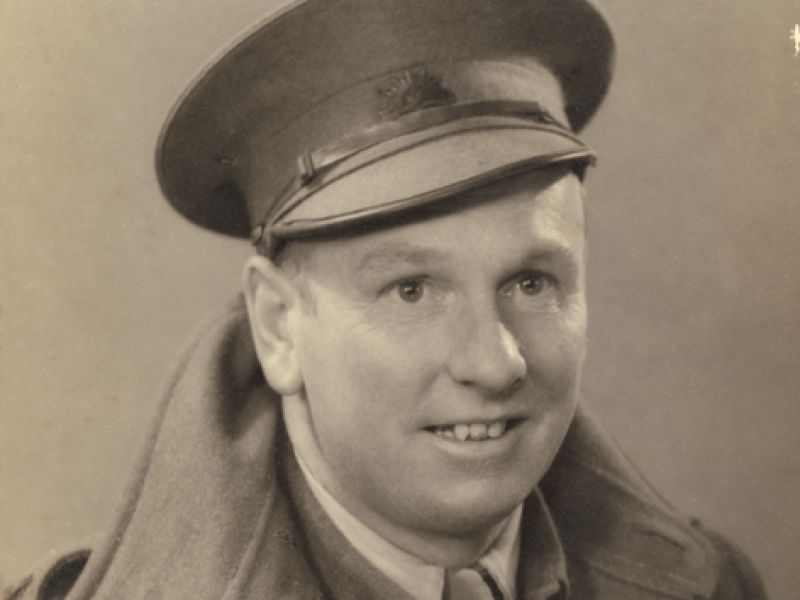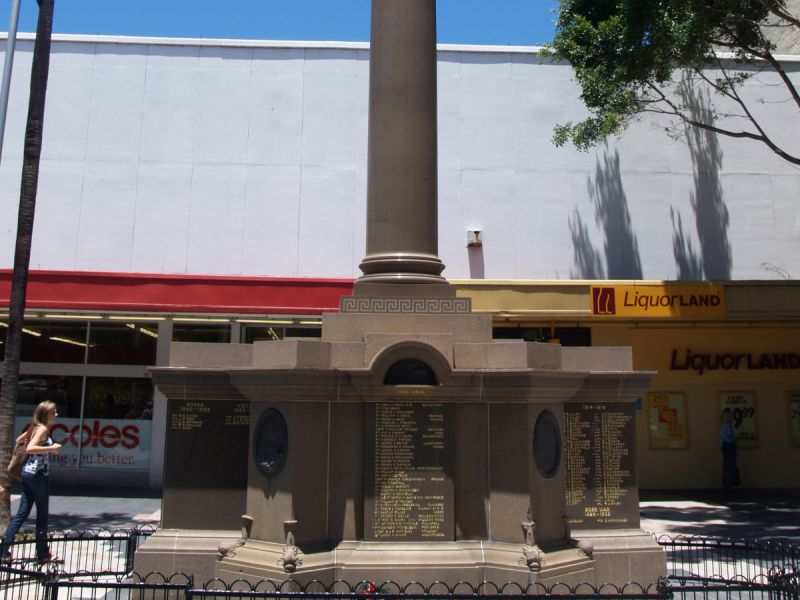Corporal Norman Frank Wild, Headquarters AIF Malaya
Norman Wild was born in the Sydney suburb of Manly on 11 July 1903, the son of Richard and Caroline Wild.
Norman grew up in a large family in Manly. He probably attended a local school, and after completing his education, and a period of compulsory military training, he went on to work as a carrier.
When Norman was in his mid-20s, he had an affair with Ellen Healy, the wife of James Healy. In 1927, James successfully petitioned for a divorce on the grounds of Ellen’s adultery with Norman. Norman went on to marry Ellen on the 6th of June 1928 in Manly.
Nicknamed “Jock” for his red hair, Wild was a local identity in Manly, being a popular former Rugby Union player in the Reserves and Firsts between 1936 and 1938, and President and coach of Manly Junior Rugby Union at the time of his enlistment.
Norman Wild enlisted for service with the Second Australian Imperial Force on 19 June 1940.
At the age of 36, Wild was older than many recruits. Perhaps as a consequence of his greater age and experience, he was appointed acting corporal on 5 July 1940. Towards the end of the month his new rank was confirmed, and he embarked from Sydney, bound for overseas service.
Arriving in Singapore in mid-August, after a few weeks Wild was transferred to the Australian Army Service Corps, which was responsible for providing and transporting supplies and rations, including mail delivery. In October he joined the headquarters unit.
In December 1941, Japanese troops advanced rapidly through Malaya. By mid-February 1942, Commonwealth troops had withdrawn from Malaya and over the straits to the island of Singapore. On the night of 14 February, the Japanese continued to press against the Allied perimeter. While the line largely held, the situation was becoming desperate. The water system had been damaged, rations were running low, and artillery ammunition was in short supply. Singapore was surrendered on 15 February.
Most of the Australians captured on Singapore were moved into Changi, where they occupied Selarang Barracks. For many, this was just a transit stop, as working parties were soon dispatched to other camps in Singapore and Malaya.
Corporal Wild became part of A Force, the first Australian group to leave Singapore for Burma, on 14 May 1942. The 3,000 strong force was drawn principally from the 22nd Australian Brigade, the 2/4th Machine Gun Battalion, and 2/30th Battalion, with a medical group drawn mostly from the 2/4th Casualty Clearing Station.
A Force sailed from Singapore to Victoria Point, in Burma, where some groups disembarked. Wild and the others continued to the Burma Peninsula near Tavoy. After constructing airfields for the Japanese, A Force moved to Thanbyuzayat, where it began working on the Burma–Thailand Railway.
In all, 479 Australian soldiers died on the Burma section of the railway. Following its completion, in October 1943, A Force returned to Singapore.
In January 1944, Wild and most of the prisoners who had worked on the railway were sent to a camp at Tamarkan to recuperate. While there, Wild contracted dysentery, was hospitalised and died on 31 January 1944.
He was 40 years old.
Today, his remains lie in Kanchanaburi War Cemetery, the main prisoner of war cemetery for victims of Japanese imprisonment who had died while building the Burma Railway.
- AWM Roll of Honour https://www.awm.gov.au/collection/R1694962

 Australian War Memorial
Australian War Memorial
